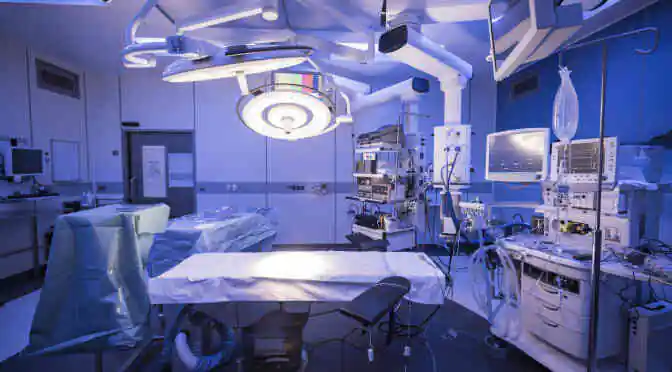Postpartum bleeding, medically known as postpartum hemorrhage (PPH), is one of the major causes of maternal mortality worldwide, especially in low-income economies. As per the data available from the Feinstein Institute for Medical Research, PPH kills around 6,000 women in the U.S. and close to 80,000 in Africa and Asia. Improving health care for women during childbirth is a critical component to attaining the UN’s millennium development goals, which is why the market for PPH devices has been growing significantly over the past few years. According to analysts at Technavio, due to high demand, the global PPH devices market will record a CAGR of around 5% by 2020.
Types of PPH devices
The uniject prefilled injection system, the non-pneumatic anti-shock garment, and the uterine balloon tamponade are the three widely used devices to control PPH. The uterine balloon tamponade is a minimally invasive process. Here the device has a balloon that is filled with liquid and inserted into the uterus. The liquid in the balloon applies pressure on the inner walls of the uterus until the bleeding stops.
Uniject pre-filled injection systems, on the other hand, integrate vaccines, needles, and syringes into a single unit. It is one of the most common systems used to treat PPH. Lastly, the non-pneumatic anti-shock garment is a low-technology pressure device that restores the vital signs of the patient by reducing the loss of blood. This is one device that is commonly used in the low-income countries and has the potential to help women survive delays in receiving adequate emergency care.
Global PPH Devices Market By Product Type 2015

Neural Tourniquet and PPH
Bioelectric medicine brings together biomedical engineering, molecular medicine, and neurophysiology to discover and develop nerve-stimulating and sensing technologies through which biological processes can be regulated. Unlike with conventional medicines, biomedicine experts screen for nerves that control the target disease. Once identified, customized devices are designed to control these nerves. This way, bioelectronic medicine devices have the potential to deliver treatment specifically where it is required, unlike traditional drugs which are distributed throughout the body and can cause side effects.
When it comes to PPH, researchers in the area of bioelectronic medicine believe that stimulation of the vagus nerve is one of the safest and most effective ways through which post-surgery hemorrhagic complications can be addressed. It is in this context that the neural tourniquet has been developed. The neural tourniquet is a minute, clothespin-like device, which when clipped to the patient’s ear triggers brain signals to halt massive bleeding. Still in the preliminary stages of development, if successful, the tourniquet will be the best solution not only for women who hemorrhage during and after childbirth but also for soldiers who bleed on the battlefield.
Working on the principle that every organ in the body is under the control of a nerve, bioelectric medicine is already being used in the treatment of depression, cluster and migraine headaches, and epilepsy. It also holds the potential for treating diseases where inflammation plays a critical role, like rheumatoid arthritis. Alzheimer’s disease, cancer, hypertension, diabetes, and paralysis are other possible conditions and diseases that can be addressed through bioelectronic medicine devices.
If successful in addressing PPH, the neural tourniquet would not only be a breakthrough in treating bleeding, but it will also be a drug-free answer to PPH. This device will also have positive implications for those suffering from hemophilia, as well as patients in emergency rooms.
Looking for a detailed understanding of the PPH devices market?
Request a Free Sample on the Global Postpartum Hemorrhage Market
You might also be interested in:
High Incidence of Ovarian Cancer and Cysts Driving the Gynecologic Robotic Surgery Market
The 2015-2019 Report on the Global Contraceptive Devices Market
The 2015-2019 Report on the Global Mammography Equipment Market



